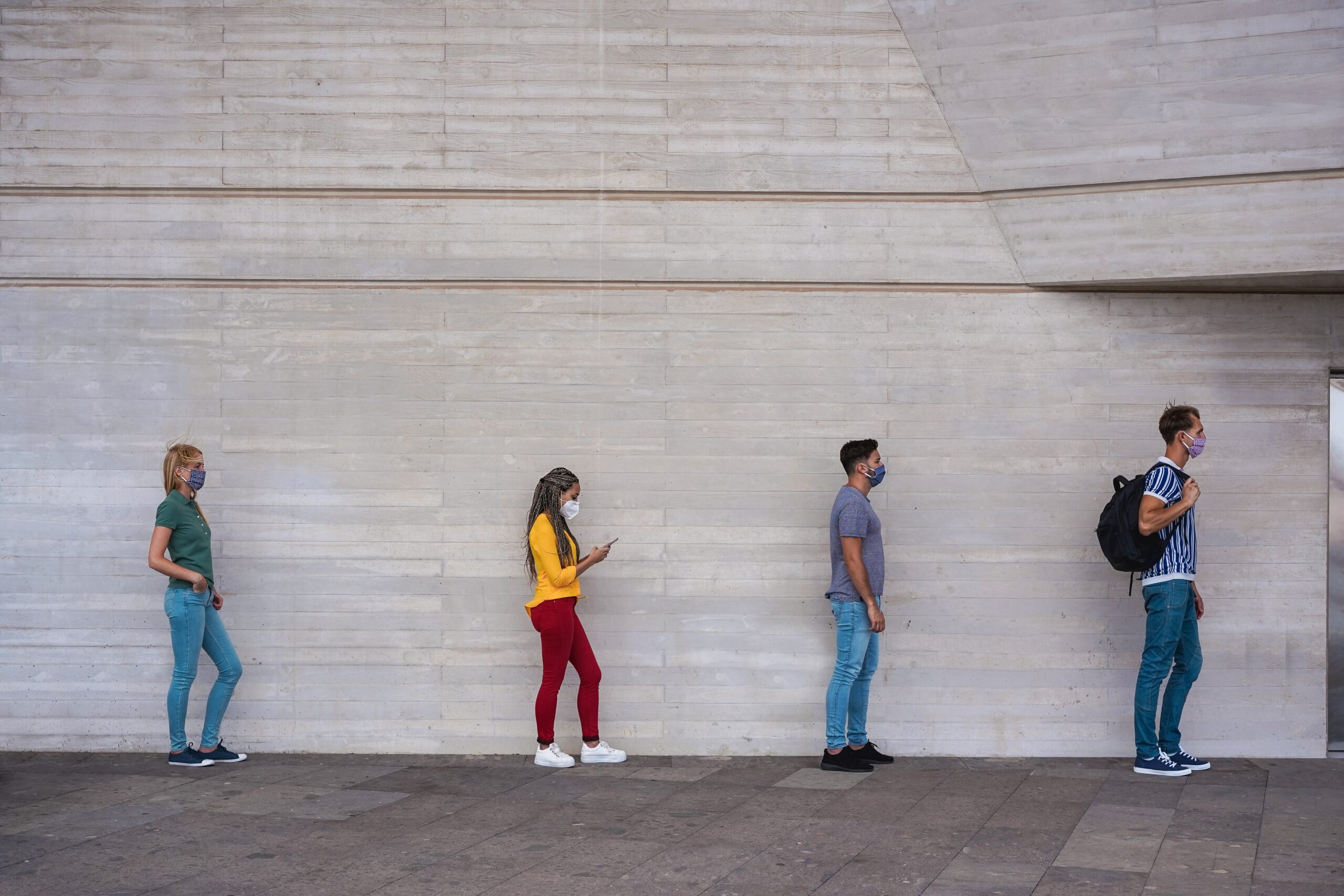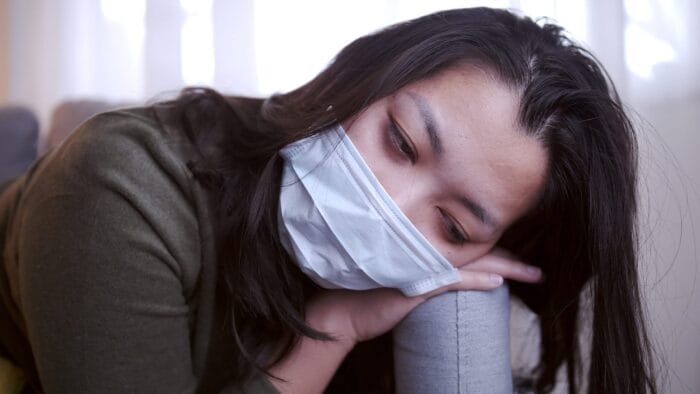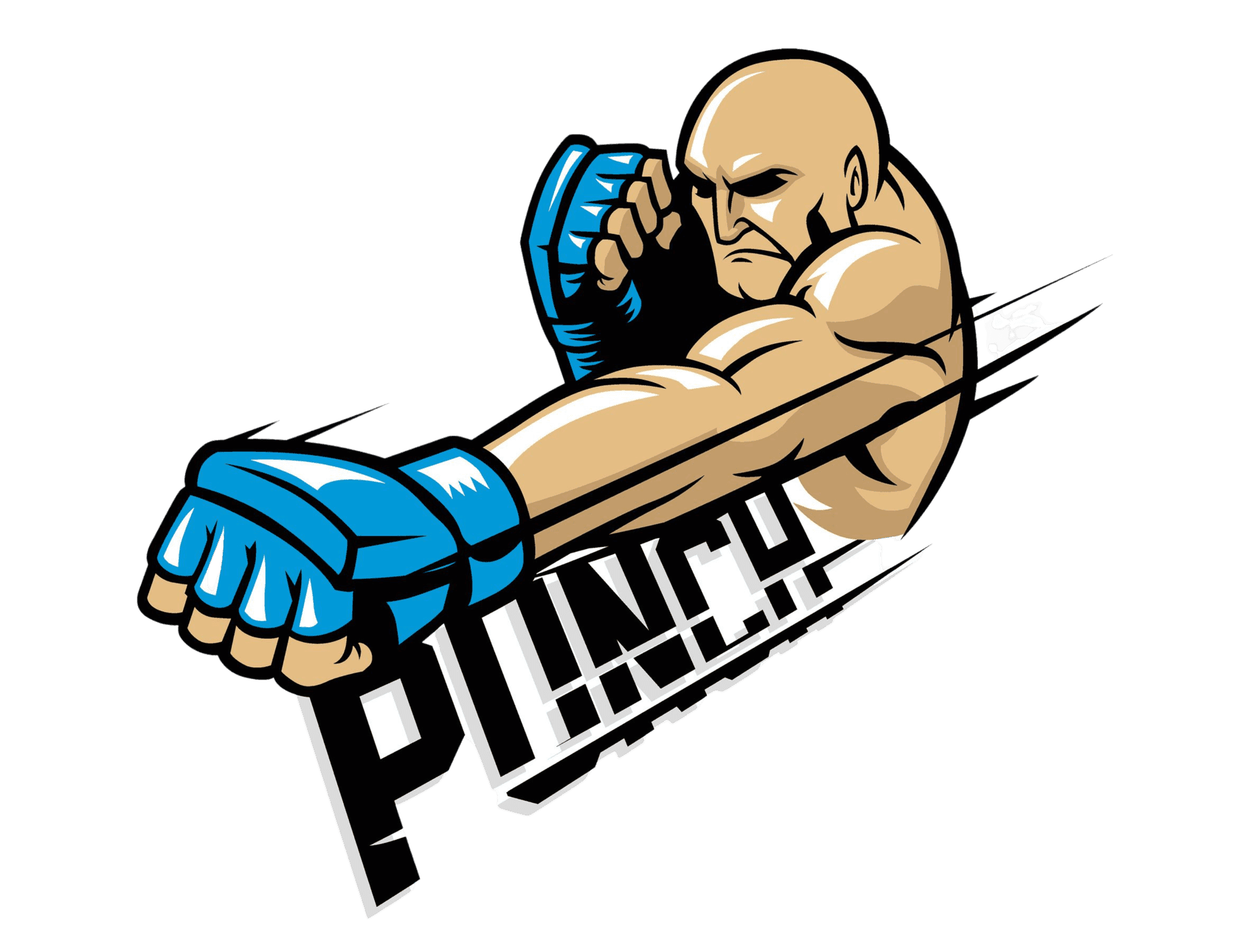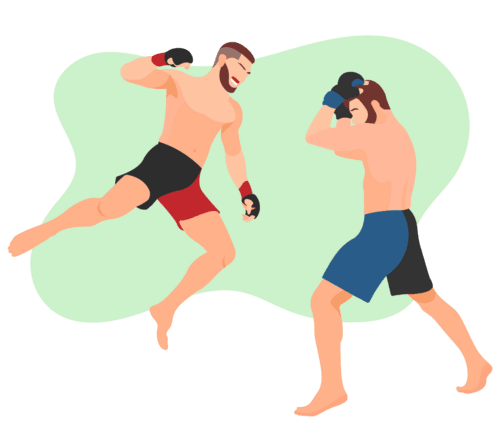When COVID first struck, dojos were practically shut down. The more robust gyms and dojos adapted quickly and offered online classes. And martial artists and students trained at home to keep their skills sharp. Fast forward a year, dojos and gyms are slowly but cautiously opening up to in-person training again. Here are a few things you should know before heading back for post-COVID Combat Arts training.
Post COVID Training Cleaning Measures
The CDC has issued very specific guidelines on reopening closed spaces and cleaning measures. Here are some cleaning measures to reduce COVID transmission:
- Develop a cleaning plan.
- Prioritize cleaning high-touch surfaces at least once a day, or after every class.
- Disinfect after cleaning with gloves.
- Wash hands with soap and water for 20 seconds after cleaning.
- An alcohol-based hand sanitizer with at least 60% alcohol can also be used as an alternative for hand cleaning.
- Encourage laundering all uniforms and clothes in the warmest water possible after every use.
- Use vacuums equipped with high-efficiency particulate air (HEPA) filters and bags, if possible for cleaning.
- Increase outdoor air ventilation. SARS-CoV-2 viral particles spread easily indoors than outdoors. Indoors, the concentration of viral particles is higher than outdoors, and a light wind quickly reduces concentrations. When indoors, ventilation mitigation strategies can help reduce viral particle concentration. A lower concentration reduces the dose of viral particles that can be inhaled or released into the air or on surfaces.
Post COVID Training Measures
- Use fans to increase the circulation of air and keep windows open.
- Open training sessions only once or twice a week as suggested by current data.
- Intense sparring or contact must be with restrictions.
- Mark out training zones on the mat.
- Have each athlete train in their specific training zone.
- Don’t allow anyone to shout or scream out to reduce aerosol transmission.
- Follow capacity as per your state mandate.
- Allow pre-booking so class size is restricted.
- Take water breaks.
- Encourage the use of hot water in the bathrooms.
Post COVID Dojo Preventive Measures
- Ensure all martial artists practice hand hygiene before training.
- Keep training restricted between the same participants if possible. Restrict partner work.
- Have everyone fill up a track and trace form.
- Measure temperatures for those entering the dojo.
- Practice social distancing measures in high traffic areas like entrances, exits, and changing rooms.
- Reduce extra material, bags, and other supplies.
- Do not share any equipment if possible.
- Avoid coming to the dojo if you are feeling unwell or are sick in any way.

- In particular, if you experience fever, cough, runny nose, difficulty breathing, sore throat, have trouble swallowing, or loss of taste or smell stay home!
- Do not come to the dojo if you have come into contact with someone who is similarly sick with the above symptoms or those confirmed with COVID 19 in the past 14 days.
- As a precaution, if you have traveled out of the country in the last 14 days consider isolating.
- If you experience any symptoms, notify the dojo, the staff, and sensei, so they can inform and quarantine the cluster/class you trained with.
- Vaccinated in the last 14 days, consider refrain from training.
Returning to Training After Recovering from COVID
If you’ve had COVID then you need to exercise some caution. Like any other disease, it affects every individual differently. And we certainly know more about this now than we did a year ago. However, the data is still coming in. Observational studies have shown that COVID can affect the heart and other muscles with ACE2 receptors. This can range from mild inflammation to severe. Myocarditis is dangerous and can lead to death.
Here are a few recommendations for those recovering from COVID:
- Regardless of how you feel after you contract COVID, rest for a period of 10 days. No sparring whatsoever.
- If you had to be hospitalized then, you need to get ECGs, bloodwork, and heart imaging before you head back to training.
- A gradual return to play must be follow a negative test.
- Starting to train again must be done in stages.
- Don’t power through any training.
- Stop if you experience chest pain, palpitations, nausea, headache, dizziness, shortness of breath, loss of vision, fainting spells, or swelling in the extremities.
- If you have any of the above symptoms see your healthcare provider.
While there are no guidelines yet established for martial arts, here are some listed for other contact sports.
COVID Recovery Training Stages
- Training can begin after the resolution of all symptoms except the loss of smell and taste.
- Must be cleared by your doctor
- Less than 15 minutes of exercise
- Heart rate less than 70%
- Light walk, no resistance
Customers served!
0
Customers served!
- Less than 30 minutes of exercise
- Heart rate less than 80%
- Circuit training, bodyweight resistance only
Customers served!
0
Customers served!
- Weight training
- Less than 45 minutes of exercise
- Heart rate less than 80%
Customers served!
0
Customers served!
- Drills, non-contact sports
- Less than 60 minutes of exercise
Customers served!
0
Customers served!
First day of normal full training
- Full return to complete sports
There’s no telling how COVID has affected your body
Its presentation and the clinical course have been so variable that the ways it affects the human body are diverse. So exercise caution. If you develop any unusual symptoms, like sudden pain in the feet, fevers, sudden neurological changes don’t shrug it off. Listen to your body and seek help immediately. This is particularly for those who’ve been vaccinated.
Follow social distancing practices. Be vigilant while coughing and sneezing. Frequently change masks. Start exercising outdoors if possible. And build a strong immune system through natural foods and supplements.
Returning to the dojo for post COVID training has its risks. There’s no telling how variants will spread or how effective vaccines are against these variants. Studies are still ongoing. It will be a while before the data is all in. Until then, the best way forward is prevention and a slow, gradual return to normal dojo training. With the above mitigation practices, we can slow the spread and prevent people from getting infected with COVID.




